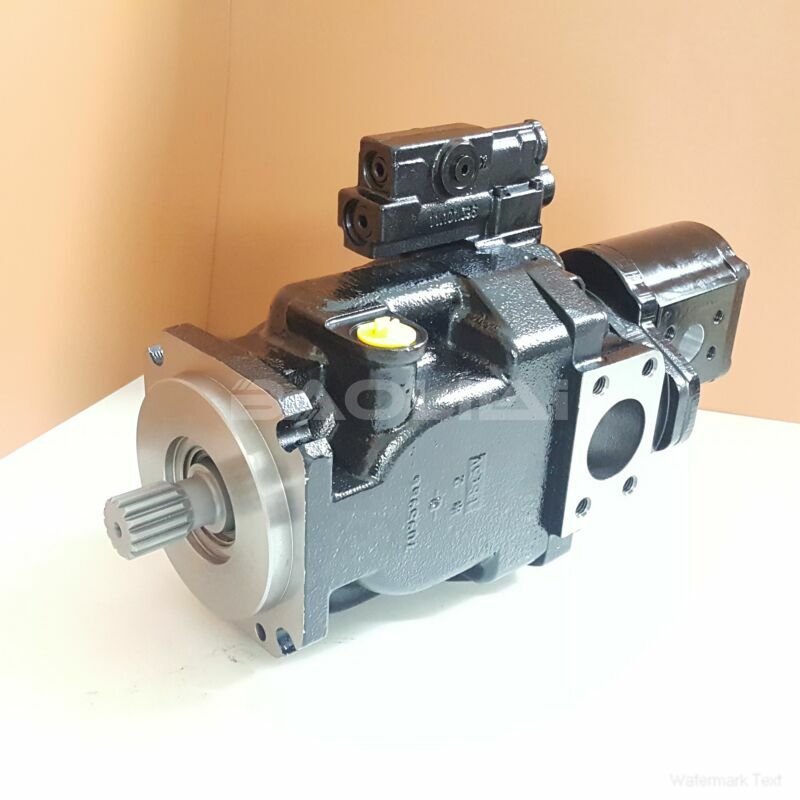FRR074BAR2120NNN3S1B2A1NNNNNNNNNN danfoss pump
FRR074BAR2120NNN3S1B2A1NNNNNNNNNN danfoss pump

- Product Details
- Applicable Scene
In the realm of fluid transfer systems, particularly those utilizing piston pumps, seal selection plays a critical role in the overall efficiency, reliability, and safety of the operation. The choice of seals can significantly affect how well the system performs, how long it lasts, and the potential for leaks or other failures.
FR-R-074B-AR-21-20-NN-N-3-S1B2-A1N-NNN-NNN-NNN
FRR074BAR2120NNN3S1B2A1NNNNNNNNNN
Piston pumps operate by creating a pressure differential that allows fluids to be drawn in and then expelled, making them a key component in various industrial applications, from water treatment to chemical processing. Given the nature of these systems, the seals must withstand considerable pressures, abrasive materials, and varying temperatures. Therefore, understanding the significance of seal selection becomes paramount.

80004552
One of the primary considerations in seal selection is material compatibility. The fluids being transferred can be aggressive, corrosive, or contain particulates that can wear down seals rapidly. Materials such as nitrile (Buna-N), fluorocarbon (Viton), and PTFE (Teflon) are commonly used due to their specific resistance to chemicals and temperatures. However, the right choice will depend on the unique properties of the fluid, including its viscosity, pH level, and phase (gas, liquid, or slurry).
In addition to material properties, the design of the seal itself is essential. The geometry of the seal needs to align perfectly with the piston and cylinder to prevent leaks while allowing for smooth operation. This precision is crucial as any misalignment can lead to excessive wear, reduced efficiency, and premature failure of the pump. It is not just the type of seal but also its dimensions and installation techniques that determine its effectiveness.





